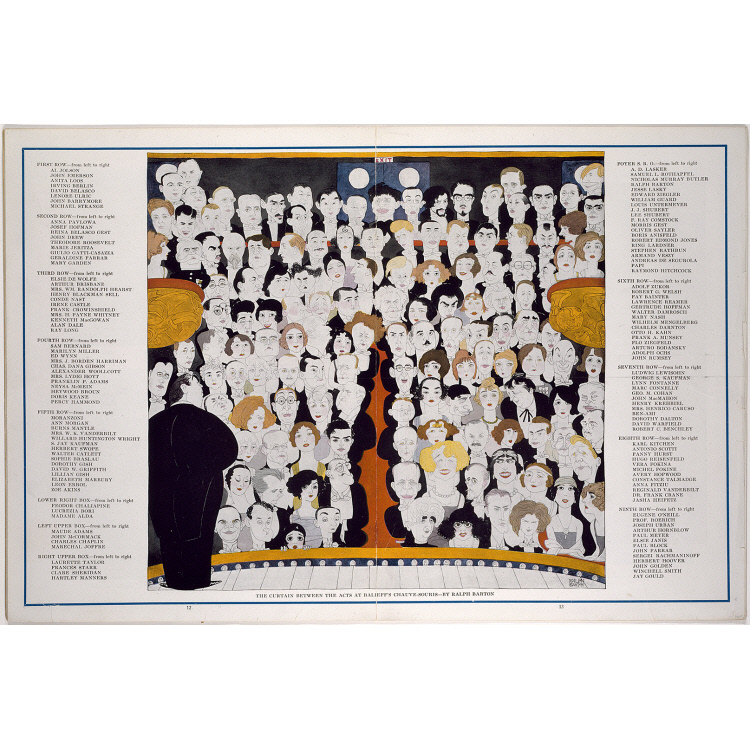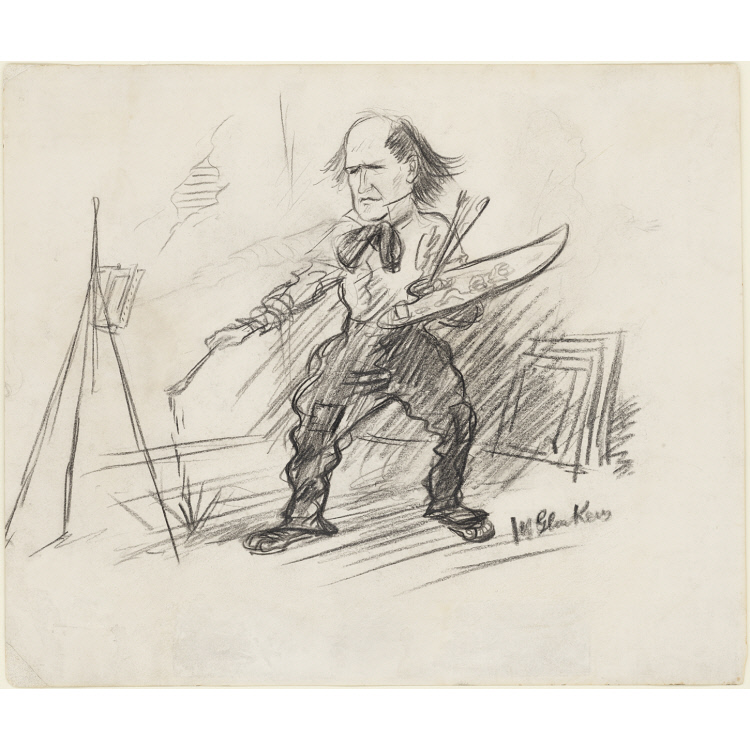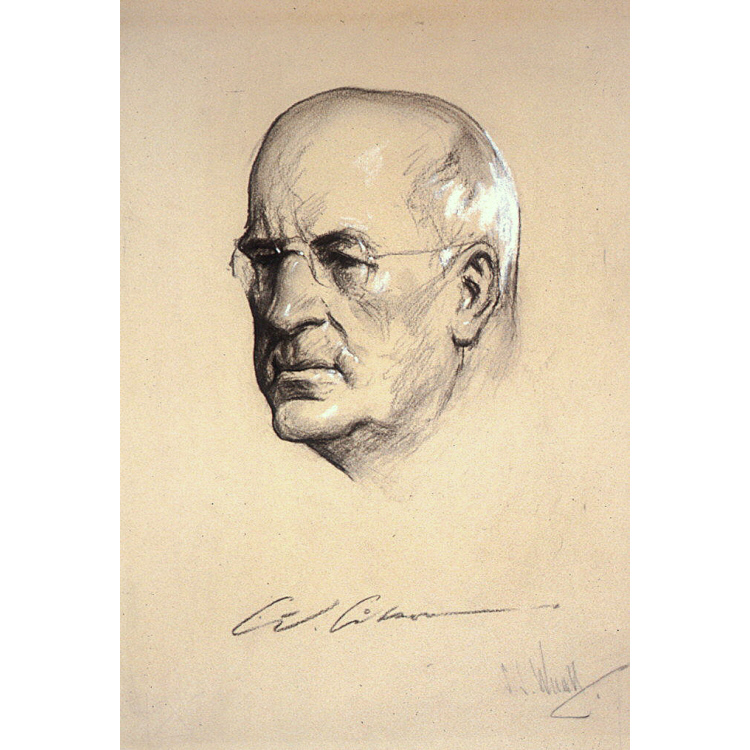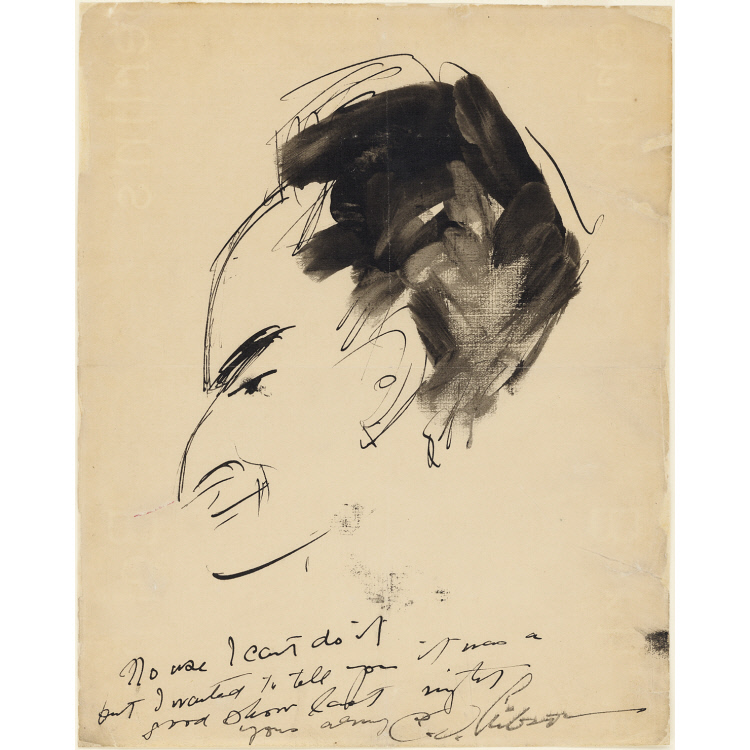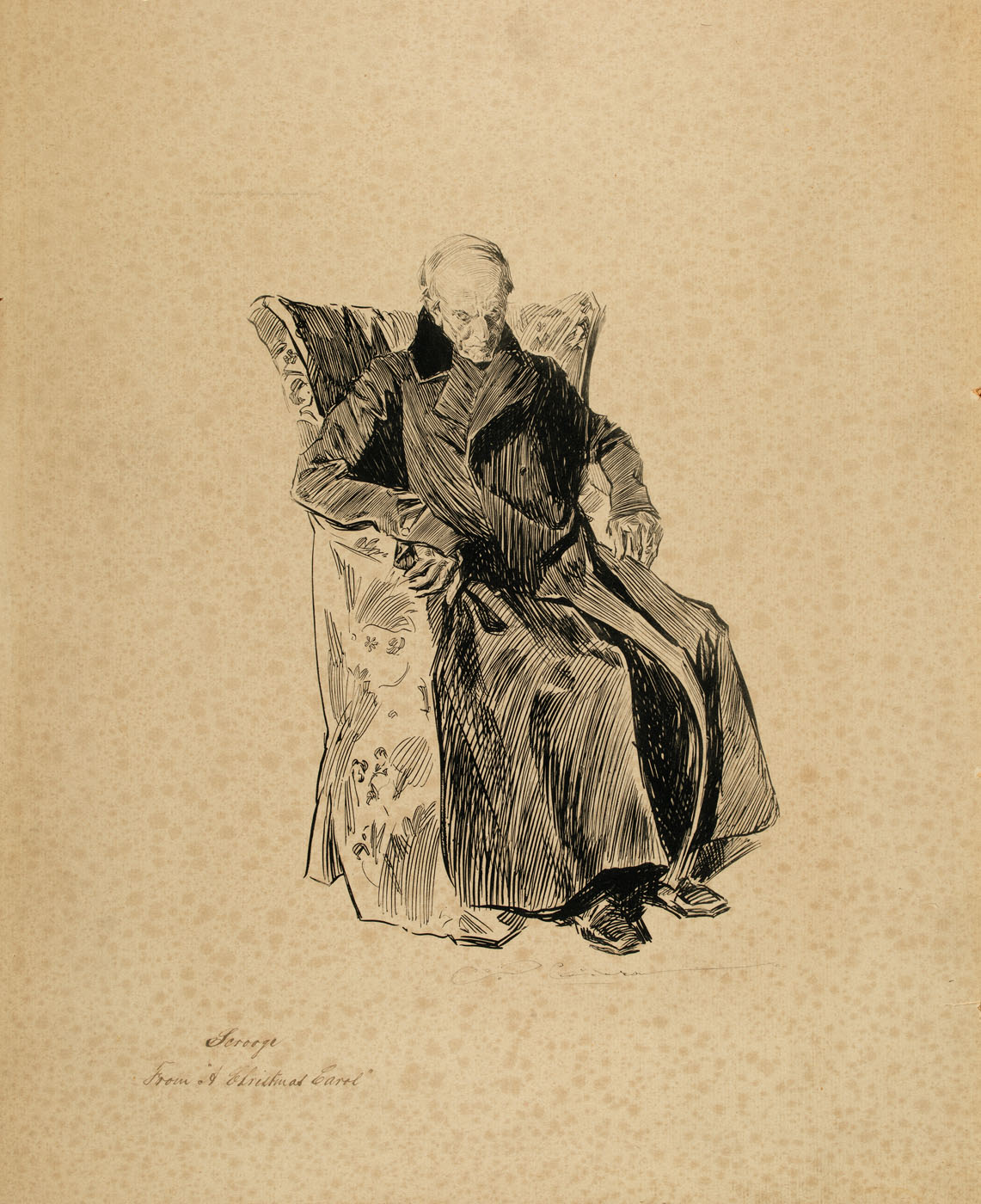Charles Dana Gibson
Born in Roxbury, Massachusetts, Charles Dana Gibson attended the Art Students League in New York, studying with Thomas Eakins and Kenyon Cox. Hugely successful at the turn of the century, he left New York from 1905 to 1907 to study painting in France, Spain, and Italy.
Gibson's name is still remembered for its association with the icon he created, the "Gibson Girl." This idealized, refined upper-middle-class woman became so popular that she was featured in stage plays, and her image was printed on a variety of domestic objects. The highest-paid illustrator of his time, in 1904 Gibson accepted a contract from Collier's Weekly, which paid him $100,000 for one hundred illustrations over four years. Gibson's illustrations gently satirized public life and mores. During World War I, as president of the Society of Illustrators, Gibson formed and became head of the Division of Pictorial Publicity under the Federal Committee of Public Information. Through this program, prominent illustrators were recruited to design posters, billboards, and other publicity for the war effort. His involvement with publicity during the war led Gibson to become owner and editor of Life, a New York-based magazine filled with short articles and illustrations. In the early 1930s Gibson retired in order to devote more time to painting.
Therese Thau Heyman Posters American Style (New York and Washington, D.C.: Harry N. Abrams, Inc., in association with the National Museum of American Art, 1998
